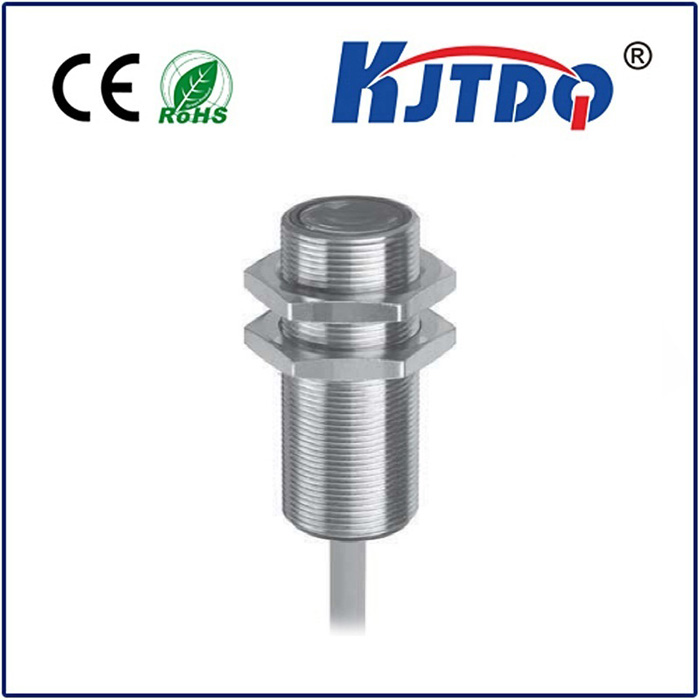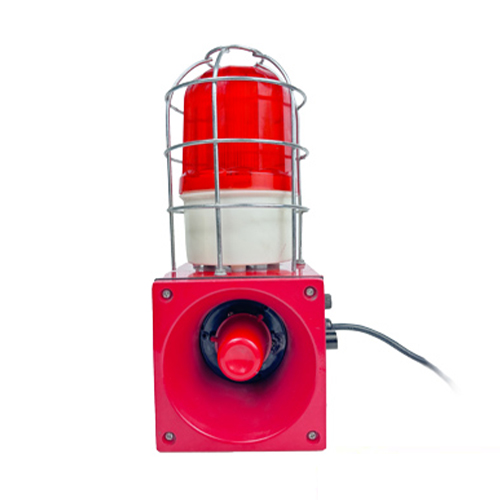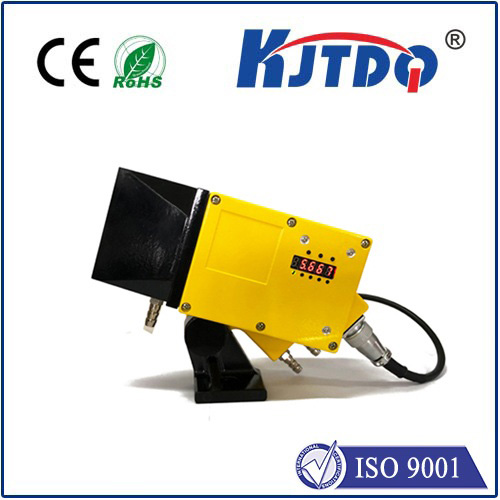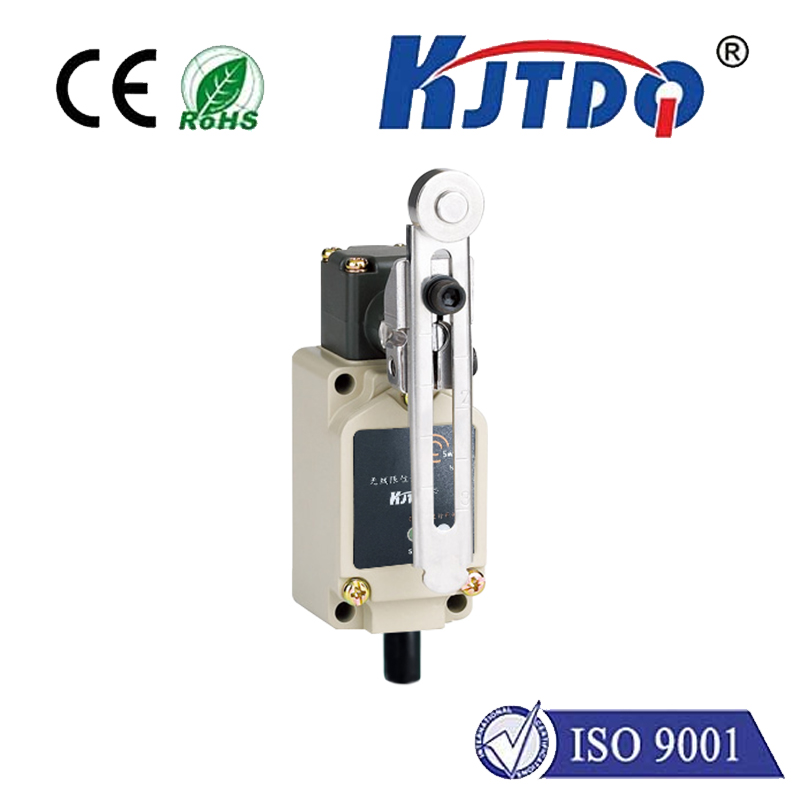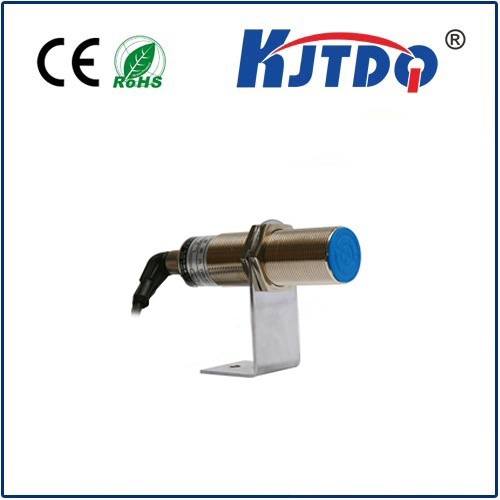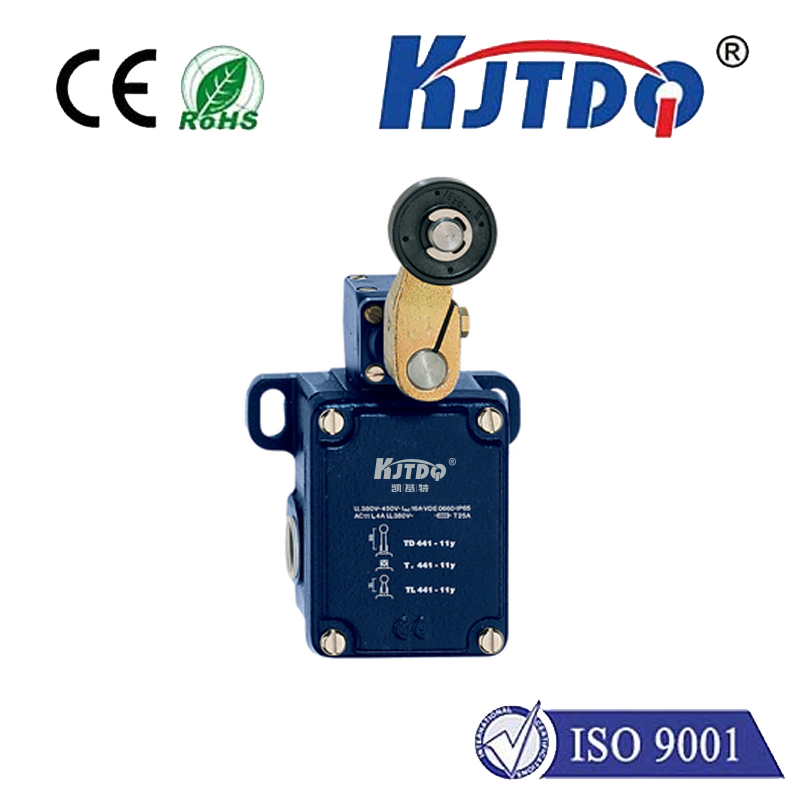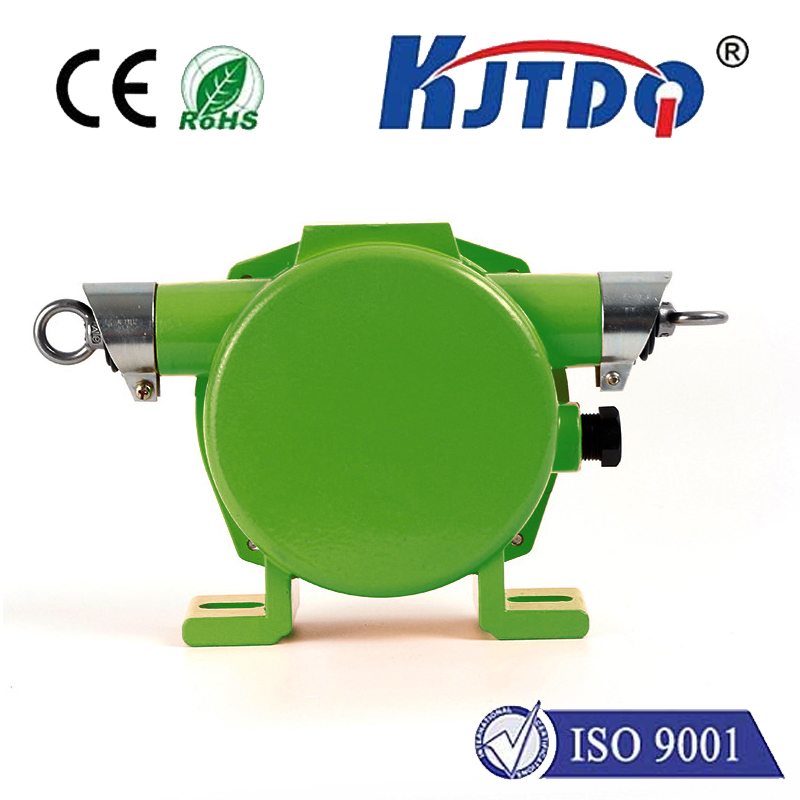photoelectric retro-reflective sensor sick wl9g-3e
- time:2025-09-13 03:15:44
- Click:0
Master Reliable Detection: The SICK WL9G-3E Retro-Reflective Photoelectric Sensor
Imagine a busy bottling line where every container must pass through its designated station flawlessly. A single missed detection could mean product loss, downtime, or even safety hazards. This is the critical juncture where photoelectric sensors become indispensable, acting as the reliable eyes of automation. Among the diverse types available, retro-reflective sensors offer a unique blend of simplicity and robustness, and the SICK WL9G-3E stands out as a prime example of this technology engineered for demanding performance.
Understanding the Core: Retro-Reflective Photoelectric Sensors
Photoelectric sensors fundamentally work by emitting light (typically infrared, visible red, or laser red) and detecting changes in the received light signal. Retro-reflective sensors streamline this operation by combining the emitter and receiver into a single housing unit. How? They rely on a specialized retro-reflector – a target mounted opposite the sensor. This reflector is designed with corner-cube prisms or specialized tape that sends the emitted light beam directly back along its original path towards the receiver within the sensor.
The core operating principle hinges on beam interruption. When an object passes between the SICK WL9G-3E and its reflector, it breaks the light beam. The sensor detects this absence of the reflected beam and triggers its output signal, signaling the presence of the object. This inherent design makes retro-reflective sensors exceptionally reliable, often requiring adjustment only on one side of the application – where the sensor itself is mounted – significantly simplifying installation and alignment compared to through-beam systems needing separate emitter and receiver units.

Introducing the SICK WL9G-3E: Engineered for Versatility
The SICK WL9G-3E is part of SICK’s renowned WL series of photoelectric sensors, specifically designed as a retro-reflective sensor with a long sensing range. It embodies SICK’s reputation for precision, durability, and ease of integration. Let’s delve into its defining characteristics:
- High Sensing Range: One of the hallmarks of the WL9G-3E is its impressive sensing distance of up to 9 meters. This capability makes it suitable for applications where the detection point is far away or where larger objects need monitoring across wider conveyors or pathways.
- Robust Housing & Environmental Protection: Built to withstand industrial rigor, the WL9G-3E typically features a rugged housing. Crucially, it boasts a high IP67 degree of protection (NEMA 6). This means it’s dust-tight and capable of withstanding immersion in water up to 1 meter for 30 minutes, making it ideal for washdown environments, outdoor applications, or areas prone to dust and splashes.
- Reliable Detection Technology: Utilizing a focused infrared light beam and precise optics, the WL9G-3E ensures stable object detection, minimizing false triggers even in challenging lighting conditions or with difficult-to-detect objects.
- Flexible Output Configuration: The sensor commonly offers a PNP Normally Open (NO) switching output, which is widely compatible with Programmable Logic Controllers (PLCs) and other industrial control systems. Some variants may include different output types or switching logics.
- Simplified Setup: Many models feature an Auto-Teach function. This innovative feature allows technicians to calibrate the sensor easily – simply press a button when the reflector is correctly positioned in front of the sensor, and the unit automatically sets its optimal working parameters. This drastically reduces commissioning time and complexity.
- Vibration & Shock Resistance: Engineered for industrial environments, the WL9G-3E is built to endure vibration and shock commonly encountered in manufacturing and logistics settings.
- Easy Connectivity: SICK often incorporates M12 5-pin connectors or other standardized industrial connectors, facilitating quick wiring using readily available cables. Push-in connection options for cables might also be available on certain models, offering installation flexibility.
- Visual Operating Status: Clear LED indicators provide immediate feedback on the sensor’s power status and switching state, enabling easy troubleshooting and monitoring.
Optimizing Your WL9G-3E Application: Setup Tips
Maximizing the performance of your SICK photoelectric sensor involves some key considerations during installation and setup:
- Reflector Selection and Mounting: Ensure you use the appropriate SICK retro-reflector designed for the WL9G-3E’s specific beam type and range. Mount both the sensor unit (WL9G-3E) and the reflector securely and rigidly to prevent misalignment due to vibration or impact. Precise alignment is paramount for reliable beam return.
- Leverage Auto-Teach: If your model includes Auto-Teach, utilize it! This function guarantees the sensor adapts optimally to the installed reflector distance and ambient conditions.
- Consider Target Properties: While retro-reflective sensors detect opaque objects breaking the beam, highly reflective targets can sometimes be problematic. Ensure the object reliably interrupts the beam and isn’t so reflective that it mimics the retro-reflector’s signal.
- Environmental Factors: Although the IP67 rating offers excellent protection, be mindful of excessive buildup of dirt or ice directly on the sensor’s lens or the reflector, which can attenuate the light signal. Build-ups of steam or smoke can also scatter the beam.
Where the SICK WL9G-3E Excels: Key Applications
The combination of long range, robust construction, and reliable detection makes the SICK retro-reflective sensor WL9G-3E highly versatile across numerous sectors:
- Material Handling & Logistics: Detecting packages or pallets on long conveyors, verifying pallet presence at loading bays, monitoring object passage on monorail systems or AGV paths (over 9 meters).
- Intralogistics: Position verification of cranes, shuttles, or elevators within large warehouses or automated storage and retrieval systems (AS/RS).
- Packaging Machinery: Monitoring product flow through fillers, cappers, labelers, and case packers, especially across wider machine formats.
- Automotive Manufacturing: Presence detection of car bodies or large components on assembly lines or during transfer between stations.
- Building Materials & Heavy Industry: Detecting large objects like lumber, metal sheets, or concrete slabs on production lines or in storage areas.
- Outdoor & Harsh Environments: Gate position monitoring, large vehicle detection, or equipment status checks benefiting from the IP67 weatherproofing.
Why Choose the SICK WL9G-3E?
Selecting the SICK WL9G-3E photoelectric sensor offers distinct advantages:
- Simplified Installation: Single-unit mounting reduces wiring and alignment complexity compared to through-beam solutions.
- Cost-Effectiveness: Often more economical than a full through-beam setup (separate emitter/receiver) while offering a significant sensing range.
- Long-Range Reliability: 9-meter capabilities open doors to applications where distance is a challenge.
- Durability & Resilience: The robust IP67 housing ensures long service life even in demanding, dirty, or wet conditions.
- Ease of Use: Features like Auto-Teach and clear LED indicators streamline setup and maintenance.
- Proven SICK Quality: Backed by SICK’s engineering excellence and global support network, ensuring performance and availability.








